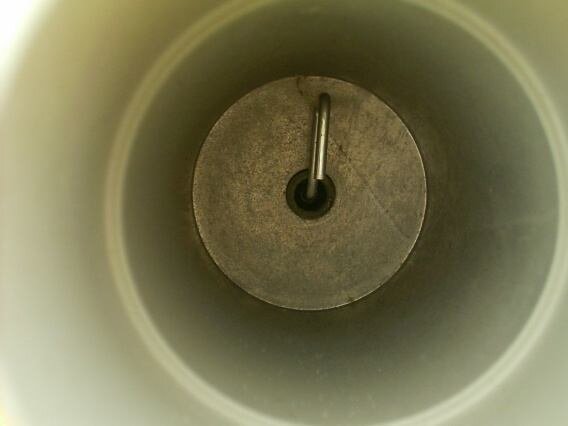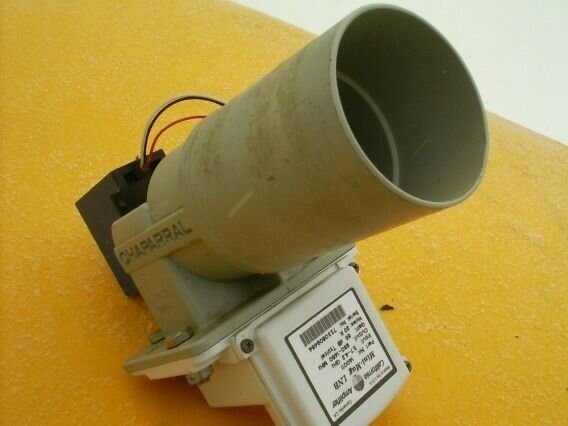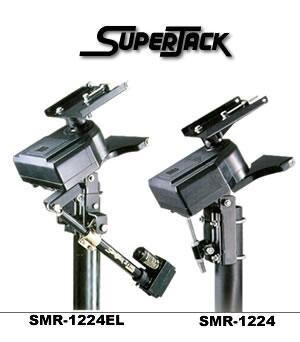Polarizer type feedhorns do NOT have 360° swing in the servo motor; while you can physically twist the device within the collar anywhere you wish, it is generally suggested to point it somewhere convenient that puts the long end of the servomotor pointing to a clock position between 11 and 1:00, as viewed front of the dish.
The reality is that most servomotors have about 120° of range, and you need to rotate the feedhorn so that the 90° swing that you need for perfect selection of V and H polarity falls within that window without hitting the mechanical stops in the motor itself. Failure to do this will cause premature death of the little plastic motor when it cannot stand any more repeated smashing into a mechanical stop.
Not all servomotors have 120 degrees of range...some of the motors used on ADL feeds had as much as 180 degrees of rotation.
Just keep in mind that you should center the feedhorn so that the pattern of travel between V and H never comes close to any limits.
The reality is that most servomotors have about 120° of range, and you need to rotate the feedhorn so that the 90° swing that you need for perfect selection of V and H polarity falls within that window without hitting the mechanical stops in the motor itself. Failure to do this will cause premature death of the little plastic motor when it cannot stand any more repeated smashing into a mechanical stop.
Not all servomotors have 120 degrees of range...some of the motors used on ADL feeds had as much as 180 degrees of rotation.
Just keep in mind that you should center the feedhorn so that the pattern of travel between V and H never comes close to any limits.





